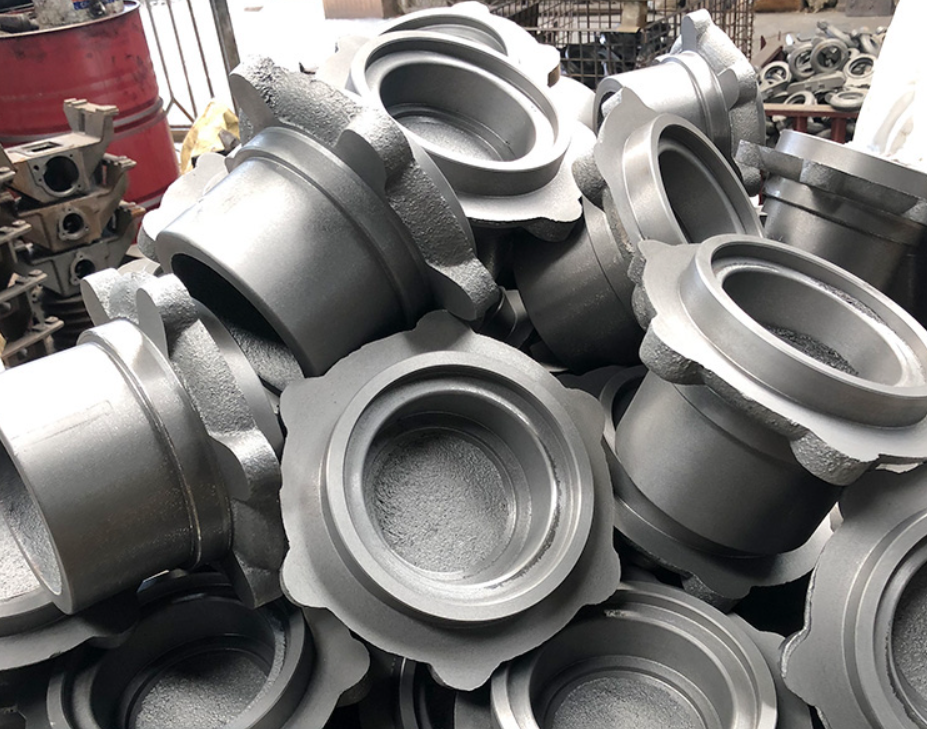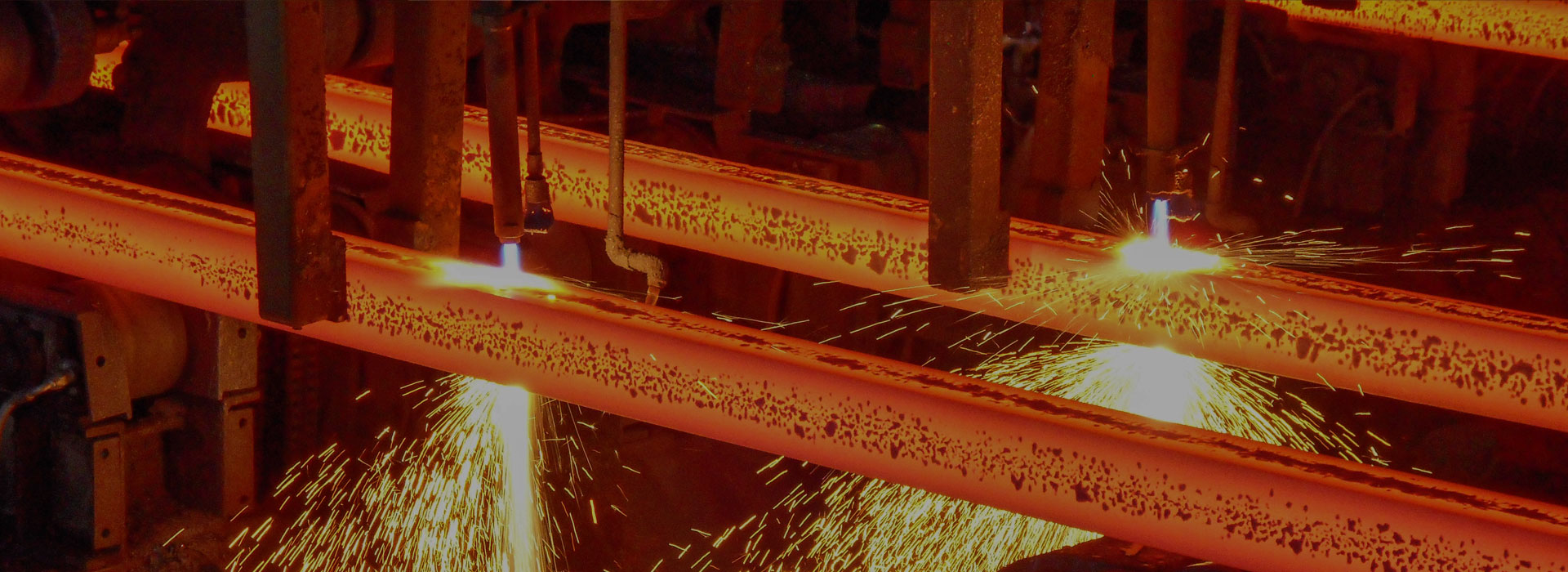Tips for the production and processing of cast steel parts
2025-09-11
Cast steel parts, as the name suggests, are components made by pouring molten steel. Compared to ordinary cast iron parts, cast steel parts have better strength and ductility. However, casting manufacturers often encounter various challenges during the production of cast steel parts. How should they respond?
1. During processing, the surface of cast steel parts may develop shallow grooves and dents due to multiple reasons. The casting manufacturers can use polishing methods to smooth these surfaces into a rounded arc shape.
2. If there are pits on the surface of the cast steel parts, repair welding can be used to fix the surface of these pits. The appropriate welding process should be selected based on the size of the pits on the casting surface.
3. If pits appear on the surface of the cast steel parts after repair welding, and it is necessary to restore the welded area to the original smooth condition of the cast steel part, grinding tools must also be used. It is essential to consider the quantity and location of original surface defects and conduct non-destructive testing to ensure that all these defects are clearly identified for subsequent repairs.
4. For particularly complex castings that cannot be handled by repair welding and polishing, gas cutting or carbon arc gouging may be chosen. Under the action of high-pressure oxygen, the oxidized slag is blown away, and the metal cutting process involves a cycle of preheating, combustion, and slag removal. In summary, during the production of cast steel parts, it is essential to process them strictly according to production technical requirements. Casting manufacturers should carefully inspect for casting defects, promptly eliminate potential risks, and fully ensure the quality of cast steel parts.




